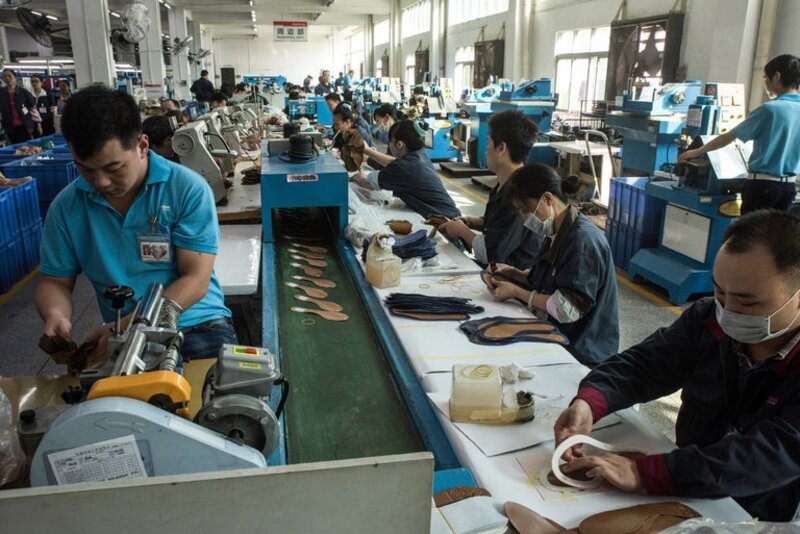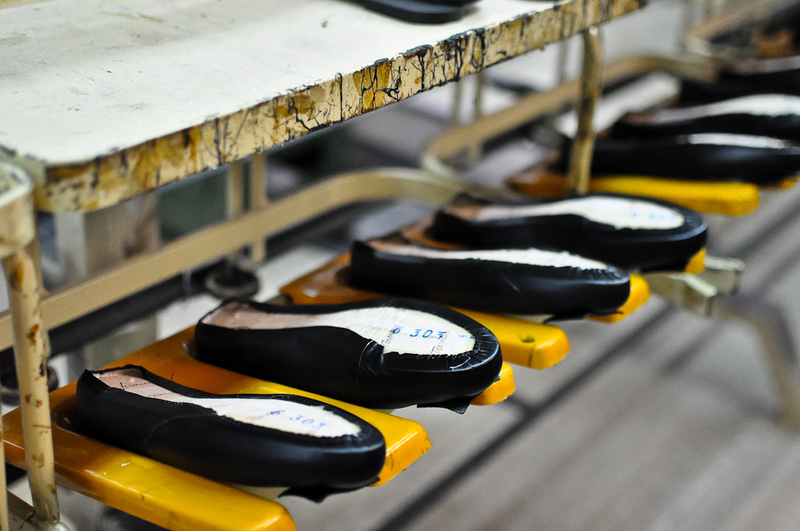Golden opportinities for footwear industry from FTA
Vietnamese footwear is not only one of the major industries attracting foreign investment but also a key export product. In particular, Free Trade Agreements that have been actively negotiated by the Government with other countries that will create more opportunities for the Vietnamese leather and footwear industry to develop in both quantity and quality.
Great Opportunities from Free Trade Agreements
After 3 years, Vietnam has risen from the top 10 in the world's top exporters of leather footwear in 2014, rising to the third position after China and Brazil on footwear exports. On the market, the export of footwear to traditional markets such as Europe, America, Japan and South Korea is still very stable and export turnover to other markets such as Belgium, Germany and Poland increases significantly.
In the context of a series of important trade agreements that have come into effect, experts and footwear manufacturers say that these are great opportunities for the footwear industry to grow. The Vietnamese leather and footwear industry is facing more advantages than ever before, so Vietnamese footwear companies must quickly grasp the opportunity to develop. However, businesses have to determine where they are and must step by step rather than develop a leap. Most importantly, the Vietnamese leather and footwear industry has to overcome the problem of raw materials and localization rate to minimize other costs incurred.
In addition, foreign companies are urgently deploying investment projects to soon benefit from incentives and increase profits from free trade agreements. Moving orders from China, India to Vietnam is one of the advantages to develop export activities of the industry. More and more foreign businesses move and invest in expanding their new footwear factory in Vietnam. As evidenced by the Japanese footwear enterprises are also promoting production plans in Vietnam when the proportion of Japanese companies intend to expand production in China decreased from 73% to 57% from grom 2010 to 2013. At the same time, this rate increased from 27% to 30% in Vietnam.
Difficulties
Although benefiting from the free trade agreements, the Vietnamese footwear industry is in fact still confused in creating a solid foothold. According to Lefaso statistics, the localization rate of new industries only accounts for 40-45% and mainly is the sole of the shoe and sewing, in which more than 70% of the most important raw materials including leather and artificial leather is still imported from abroad. Only about 30% of final leather materials are active in the footwear sector while importing $1.2-1.5 billion of leather footwear per year.
The Vietnamese leather and footwear industry is not only importing materials for production, but machinery and equipment used in the industry are also imported. In addition, the technical and design capacity to build brand and product lines of domestic enterprises is weak. Although low-cost laborers are mostly common workers with limited skills, low awareness and low labor productivity.
However, although the export turnover still grows sharply, domestic firms are relatively weak because FDI enterprises account for nearly 80% of export. Part of the reason for this is because the starting point of the Vietnamese footwear industry is export processing. In addition, domestic enterprises have not enough capital, experience, machinery, output markets so it is difficult to compete with FDI businesses but they can only develop together.
Direction to improve
To overcome these difficulties, Vietnamese footwear enterprises need to be more proactive in engaging in production and self-supply of raw materials and should invest seriously in research and capture consumer tastes, improve the value added for export products. Along with that, businesses have to invest and improve technology to be able to produce products of high quality, variety of designs, models, and especially to build their own brands. In addition, to help businesses grow sustainably, the state needs to increase information provision to help the business community fully realize the opportunities and challenges in the context of economic integration.










